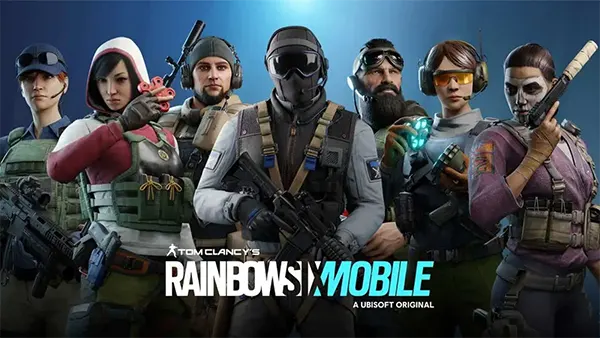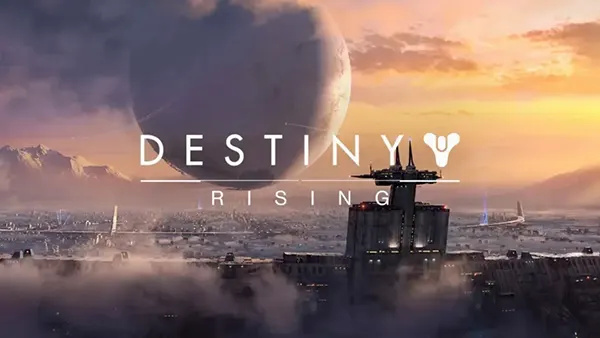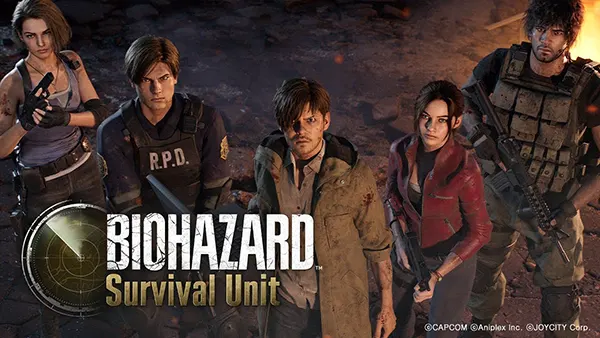Reverse: 1999 – A Psychedelic RPG with Deep Storytelling and Unique Visuals
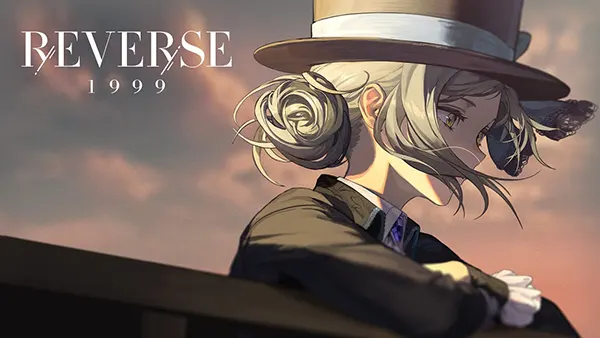
Reverse: 1999 is a story-driven role-playing game developed by Bluepoch that stands out through its surreal aesthetic, multidimensional narrative, and distinctive art direction. Released globally in late 2023, the game continues to evolve in 2025 with frequent content updates and a growing international player base. This psychedelic RPG defies genre conventions by blending traditional turn-based combat with complex character development and temporal anomalies.
The Setting: Time Travel and the “Storm”
At the heart of Reverse: 1999 is the mysterious “Storm”—an event that reshapes time and rewinds the world back to the year 1999. Players assume the role of the Timekeeper, an individual unaffected by these temporal shifts, tasked with investigating the anomaly and protecting “Arcanists”—people who possess magical powers. The setting blends real historical periods with fictional layers, creating a multiverse that explores different eras with anachronistic elements.
The story spans various time periods, from Victorian England to post-war America and 1970s Hong Kong, offering cultural, linguistic, and philosophical diversity. Each chapter explores deeply personal stories set against the backdrop of these historical reinterpretations. The narrative feels like reading a surreal novel where time, identity, and memory are always in question.
Environmental storytelling plays a key role in immersing players. The backgrounds, character dialogues, and side missions all contribute to building a detailed and emotional world, one that rewards careful observation and long-term engagement.
Characters as Vessels of History
The characters in Reverse: 1999 are not just combat units—they’re layered personalities with unique historical and emotional backgrounds. From Regulus, a modern rebel who challenges the status quo, to Sonetto, a melancholic idealist drawn from poetic traditions, every character represents a different philosophical theme or cultural archetype.
The development of characters is enriched through “Psychological Analysis” dialogues, which unlock emotional depth and hidden motivations. Voice acting in multiple languages, including high-quality English and Mandarin, enhances immersion. In-game lore entries, letters, and memory scenes provide even more background.
This human-centric storytelling adds psychological realism to a fantastical world. It also promotes emotional investment, as players are not just managing a roster—they are building connections with ideologically diverse individuals shaped by their temporal roots.
Visual Identity and Audio Design
One of the most striking elements of Reverse: 1999 is its hand-painted, textured art style. Inspired by early 20th-century surrealism, the game looks more like an interactive art exhibition than a standard RPG. Character models, menus, and battle effects are infused with abstract and dreamlike motifs, which reinforce the psychedelic atmosphere.
The use of pastel colours, collage effects, and graphic layering creates a distinctive mood. Each time period has its own visual palette, drawing inspiration from real-world art movements such as Art Nouveau, Dadaism, and Pop Art. These visuals are not only aesthetically compelling but serve a narrative function, visually representing the distortion of time and perception.
Sound design is equally deliberate. The soundtrack incorporates jazz, ambient noise, orchestral themes, and avant-garde elements. Character voices are fully dubbed, with line deliveries tailored to match emotional beats. Together, visuals and audio turn gameplay into an emotionally resonant experience rather than a mere progression system.
Combat Mechanics with Strategic Layers
The turn-based combat system in Reverse: 1999 is built around “Affinity Types” (Plant, Mineral, Beast, Star, Spirit, Intelligence), creating a web of strategic counters. Players must consider elemental alignments, skill chaining, and tactical sequencing to maximise damage and survivability.
Unlike many gacha games, Reverse: 1999 does not rely on overpowered units but instead emphasises synergy and timing. Each character has three core skills and one ultimate, and successful strategy hinges on understanding how to combine them in various orders using the “Incantation Order” system.
Buffs, debuffs, and environmental effects add further depth. The game encourages experimentation and rewards thoughtful team composition. Difficulty scales naturally across story chapters, optional challenges, and limited-time events—offering both casual and hardcore players meaningful engagement.
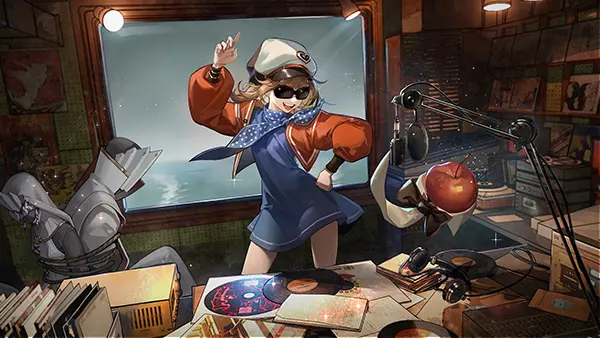
Community Growth and Game Updates
As of June 2025, Reverse: 1999 has cultivated a dedicated global community. It regularly trends on social media platforms due to its unique design and well-received story updates. Developer Bluepoch maintains active communication with players via livestreams and patch notes, demonstrating a commitment to player feedback.
Content updates include new story chapters, limited banners, themed events, and quality-of-life improvements. Recent updates have added new factions tied to lesser-known historical references, expanding the game’s educational and cultural scope. Seasonal events are often accompanied by new music tracks, visual redesigns, and voice lines.
What sets Reverse: 1999 apart in an oversaturated mobile RPG market is its bold refusal to follow trends. It doesn’t chase numbers—it builds atmosphere. Its progression system is balanced and generous, avoiding exploitative monetisation techniques. This ethical approach contributes to its positive reception and long-term player retention.
Accessibility and Global Appeal
Reverse: 1999 is available on Android, iOS, and PC via official channels. It offers full voiceovers and text support in multiple languages, including English, Japanese, Korean, and Chinese. The UI is intuitive, with customisable controls and built-in accessibility features such as screen reading and simplified menus for visually impaired users.
Newcomers can enter without prior gacha experience thanks to in-game tutorials and community-created guides. Meanwhile, long-term players benefit from consistent support and a steady roadmap. Reverse: 1999 proves that a game can be artistic, meaningful, and commercially viable at the same time.
With its rich worldbuilding, artistic flair, and respect for player intelligence, Reverse: 1999 continues to stand out as a landmark in narrative-driven mobile RPGs—one that’s not afraid to ask big questions or tell difficult stories through beauty and strangeness.

